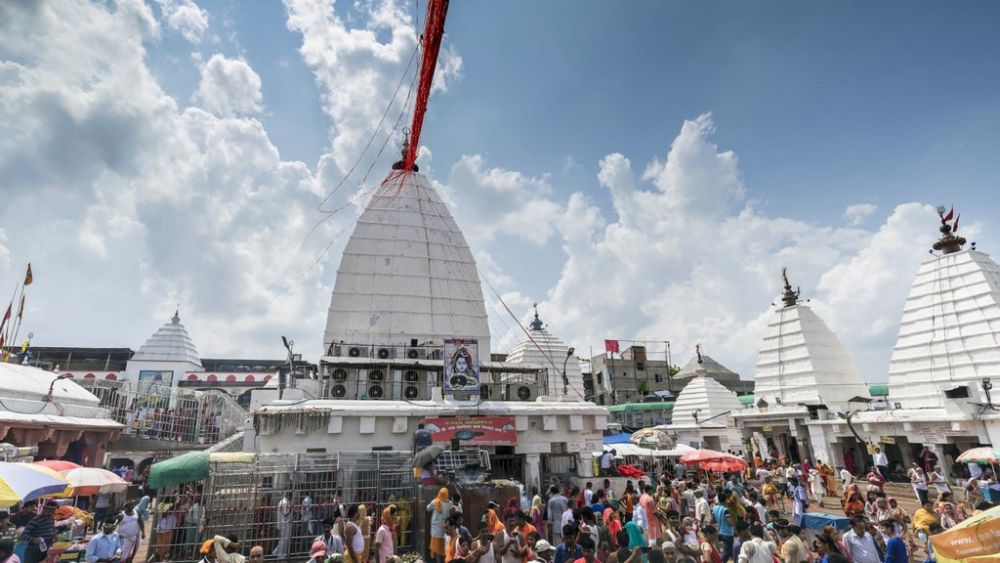

The Baidyanath Temple, located in Deoghar, Jharkhand, India, is one of the twelve Jyotirlingas, the most sacred abodes of Shiva. The temple's rich history and its significance in the Hindu religion have made it a focal point for pilgrims and tourists alike.
The origins of the Baidyanath Temple are steeped in ancient Indian scriptures and mythology. According to beliefs, the temple marks the site where Ravana, the demon king of Lanka, offered his ten heads one after another to Shiva as a sacrifice. Pleased with this display of devotion, Shiva descended to cure Ravana who was injured. As Ravana offered his heads, Shiva, also known as Vaidyanath, acted as a healer. Hence, the temple derives its name, Baidyanath, meaning 'The Lord of Physicians'.
Throughout history, the Baidyanath Temple has been renovated and embellished by various rulers and devotees. In the 8th century, the last Gupta Emperor Adityasena Gupta contributed to its construction substantially. Over centuries, the temple has been a witness to historical changes and has played a vital role in shaping the religious landscape of the region.
The ascendance of Baidyanath Temple as a prime spiritual destination can be traced back to the days when pilgrims travelled by foot for months to offer their prayers. With the coming of the railways in the 19th century, Deoghar became more accessible, marking the beginning of a new era in the temple's tourism history. The advent of roads and improved transportation in the 20th century made the pilgrimage more convenient, subsequently leading to the growth in the number of tourists visiting the shrine.
In recent years, the Government of India and the Jharkhand state authorities have placed significant emphasis on developing infrastructure around the temple to support the growing influx of pilgrims and tourists. Accommodations ranging from basic dharamshalas to luxury hotels are available for visitors.
The annual Shravani Mela, which takes place during the Hindu month of Shravan (July-August), sees the largest congregation of devotees. A month-long festival, it is believed that the mere act of offering holy water to the deity can absolve one of their sins, and this tradition has been a major draw for pilgrims worldwide.
The latest trends in tourism at Baidyanath Temple include the government's push for digital initiatives. Online darshan bookings, live telecasts of aarti, and social media campaigns to attract young pilgrims are recent developments. Furthermore, experiential travel including yoga, meditation, and explorations of nearby tourist destinations are being integrated with traditional religious tourism.
The emphasis on sustainable tourism has also become more pronounced, with efforts to maintain the sanctity and cleanliness of the pilgrimage destination. Measures include better waste management practices, the use of eco-friendly materials, and the regulation of commercial activities around the temple premises.
In conclusion, the Baidyanath Temple in Deoghar continues to be an esteemed site for worship and spiritual fulfillment. The history of tourism here reflects the temple's enduring legacy, and each evolving trend paves the way for a future where tradition meets modern convenience for a holistic pilgrimage experience.